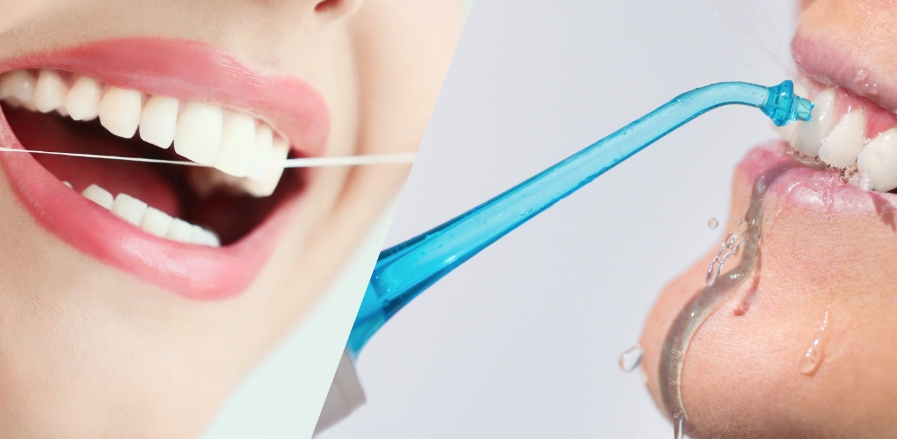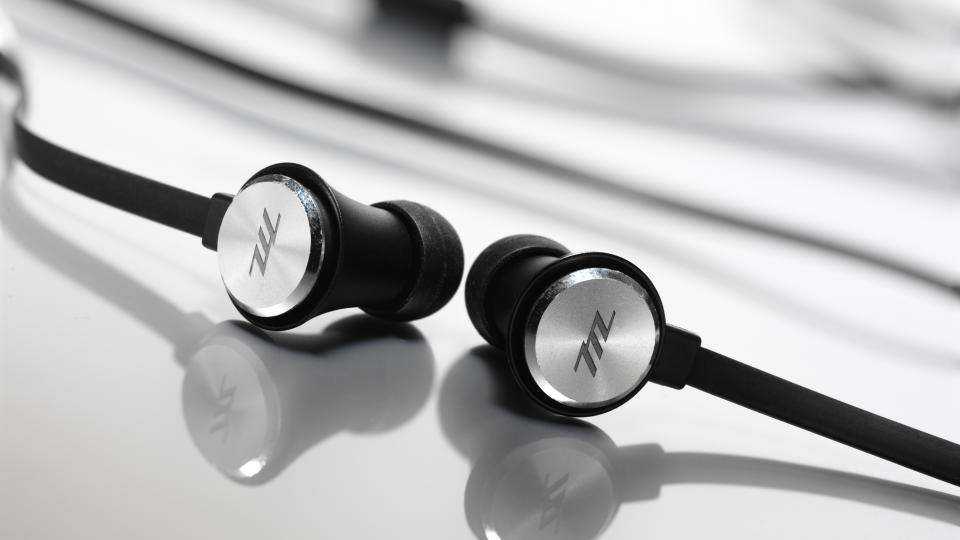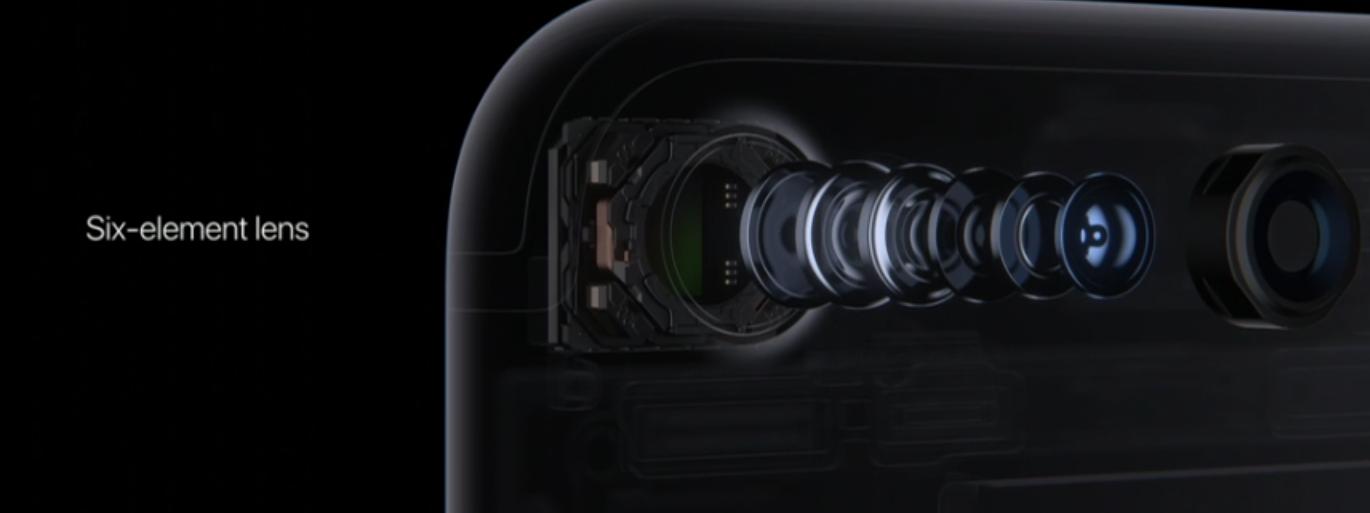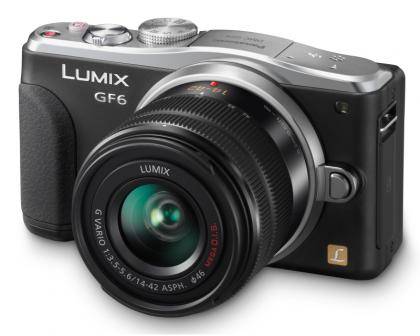Maintaining good oral hygiene is a vital aspect of overall health, and flossing plays an essential role in achieving that goal. While dental floss has long been the go-to method for cleaning between teeth, water flosser vs dental floss is a debate many face when choosing the best option. Water flossers have gained popularity as a convenient and effective alternative. However, choosing between these two methods can be overwhelming. This comprehensive comparison will explore the strengths and weaknesses of both, focusing on key factors like plaque removal, gum health, ease of use, and cost. By understanding these differences, you’ll be able to make an informed decision.

Understanding the Basics of Water Flossers and Dental Floss
What is a Water Flosser?
A water flosser, also known as an oral irrigator, is an advanced dental tool that uses a pulsating stream of water to remove debris, plaque, and bacteria between your teeth and along the gumline. It typically consists of a water reservoir, a motor that pumps the water, and a nozzle that directs the stream. Water flossers are highly beneficial for individuals with braces, dental implants, or sensitive gums, as they provide a gentler alternative to traditional floss. They can be more effective at reaching hard-to-access areas, such as deep gum pockets, and offer an easy-to-use option for those who struggle with manual flossing.
What is Dental Floss?
Dental floss is a simple, flexible string used to manually clean between teeth. It comes in various forms, including waxed, unwaxed, flavored, or plain, and is a time-tested method for removing plaque and food particles from between teeth. Dental floss works by scraping the sides of each tooth, physically dislodging debris and plaque from areas that brushing alone can’t reach. It is widely recommended by dentists due to its affordability and effectiveness. Although it requires more time and effort compared to water flossers, it remains a reliable and precise method for promoting gum health, preventing cavities, and maintaining overall oral hygiene.
Water Flosser vs Dental Floss: Which Is More Effective?
Plaque and Bacteria Removal
Both water flossers and dental floss are effective at removing plaque and bacteria, but their mechanisms differ. Dental floss excels at physically scraping plaque off the sides of teeth, which can be particularly beneficial for individuals who have built-up plaque or need a deep clean. On the other hand, water flossers use a stream of pulsating water to flush out debris and bacteria, making them highly effective in cleaning around dental appliances like braces and implants, as well as between tightly spaced teeth. Water flossers may not remove plaque as directly as dental floss, but they do a great job of cleaning under the gumline and between teeth, where traditional flossing may miss.
Gum Health and Sensitivity
Water flossers are often preferred by individuals with sensitive gums or gum disease, as the gentle stream of water can clean the gums without causing discomfort. Water flossers are especially beneficial for those with dental work such as braces, crowns, or implants, where traditional flossing may be difficult or cause irritation. They also help stimulate blood flow to the gums, promoting overall gum health. While dental floss is an effective tool for promoting gum health when used properly, excessive pressure can sometimes cause irritation or bleeding, especially in individuals with gum sensitivity. Both methods offer benefits, but water flossers are more comfortable for those with delicate gums or orthodontic appliances.
Effectiveness in Hard-to-Reach Areas
Water flossers excel in reaching areas that traditional floss may struggle to clean, such as deep periodontal pockets or tight spaces between teeth. The pulsating stream of water is designed to flush out debris and bacteria, providing an advantage over traditional floss when cleaning between teeth or around dental appliances. For those with orthodontic devices or implants, a water flosser can reach areas that are difficult to access with string floss, making it an excellent tool for thorough oral hygiene. While dental floss can clean the spaces between most teeth effectively, it may not be able to reach all areas, especially for those with tightly spaced teeth or extensive dental work.
Convenience and Ease of Use: Water Flosser vs Dental Floss
Time and Effort Involved
Water flossers are often quicker and less labor-intensive than traditional flossing. The pulsating water stream allows for cleaning multiple teeth at once, which can significantly reduce the time spent flossing. Most people find water flossers are more convenient and easier to use, especially for those who have difficulty with traditional flossing due to arthritis or limited dexterity. In contrast, dental floss requires more time and attention to detail, as you must individually clean each tooth and maneuver the string carefully to avoid injury to the gums. While dental floss can be highly effective, it is a more time-consuming process, particularly for those who are not used to flossing regularly.
Portability and Storage
One of the key advantages of dental floss is its portability. It comes in small, convenient containers that can easily fit in a pocket, purse, or travel bag, making it an ideal option for on-the-go cleaning. Water flossers, while effective, tend to be bulkier and require a power source, limiting their portability. Some cordless models are available, but they still take up more space than a small container of floss. Additionally, water flossers require a water reservoir and regular cleaning, while dental floss is easy to store and dispose of without any maintenance. For travelers or people with limited storage space, dental floss may be the more convenient choice.

Setup and Cleanup Effort
Water flossers generally require more setup and cleanup compared to traditional floss. Before use, you must fill the water reservoir and ensure the nozzle is correctly attached. After each use, you need to clean the device and store it properly to maintain its performance. This added maintenance can be a deterrent for some users who prefer a simpler method. In contrast, dental floss is straightforward—simply pull out a piece, floss between your teeth, and discard it. There’s no need for cleaning or storage after use, making dental floss a more convenient and low-maintenance option. However, if you prefer convenience and efficiency, a water flosser may be worth the extra effort.
Cost and Maintenance: Which Is More Affordable?
Initial Investment and Ongoing Costs
Water flossers generally require a higher initial investment compared to dental floss. The cost of a water flosser varies depending on the brand, features, and model, with prices ranging from mid-range to premium. While the upfront cost is significant, water flossers may save you money in the long term since they last for several years. However, you will need to replace tips or nozzles periodically, which adds to the ongoing maintenance costs. On the other hand, dental floss is very inexpensive and widely available. It’s a single-use product that requires regular repurchase, but the cost is minimal compared to a water flosser. Dental floss remains a more affordable option in the short term.
Durability and Longevity
A well-maintained water flosser can last for several years, making it a durable investment. The components, such as the motor and water reservoir, are built to withstand regular use and can endure for an extended period. The only maintenance required is periodic replacement of tips or nozzles. In contrast, dental floss is a single-use product and does not offer long-term durability. While it’s inexpensive and easy to replace, you’ll need to continually purchase it. Despite the lower upfront cost, dental floss does not offer the same longevity or reusable benefits as a water flosser. If you’re looking for a long-term investment, a water flosser may offer better value.
Conclusion
Choosing between a water flosser vs dental floss ultimately depends on your specific needs and preferences. Both methods offer unique benefits for oral hygiene, but one may be better suited for your routine depending on factors like comfort, convenience, and effectiveness. Water flossers are ideal for those with sensitive gums, dental work, or a preference for a quicker, gentler clean. Dental floss is a tried-and-true method, offering precision and cost-effectiveness. To determine which is right for you, consider your oral care goals, budget, and any specific dental concerns. Consult with your dentist to ensure you’re choosing the best option for your oral health.
FAQ
Are water flossers safe for people with braces or implants?
Yes, water flossers are highly recommended for individuals with braces or dental implants. They can effectively remove plaque and debris from around these areas without risking damage to the orthodontic hardware or causing discomfort.
Can a water flosser replace dental floss?
A water flosser can be a great supplement to your oral care routine and can replace dental floss for those unable to use traditional methods. However, using both provides optimal plaque removal and gum health. Always consult your dentist for personalized advice.
How often should I use a water flosser or dental floss?
It is recommended to floss at least once a day, regardless of the method. Regular flossing helps maintain gum health and prevent cavities. Adjust the frequency based on your dentist’s recommendations and your specific oral hygiene needs.











